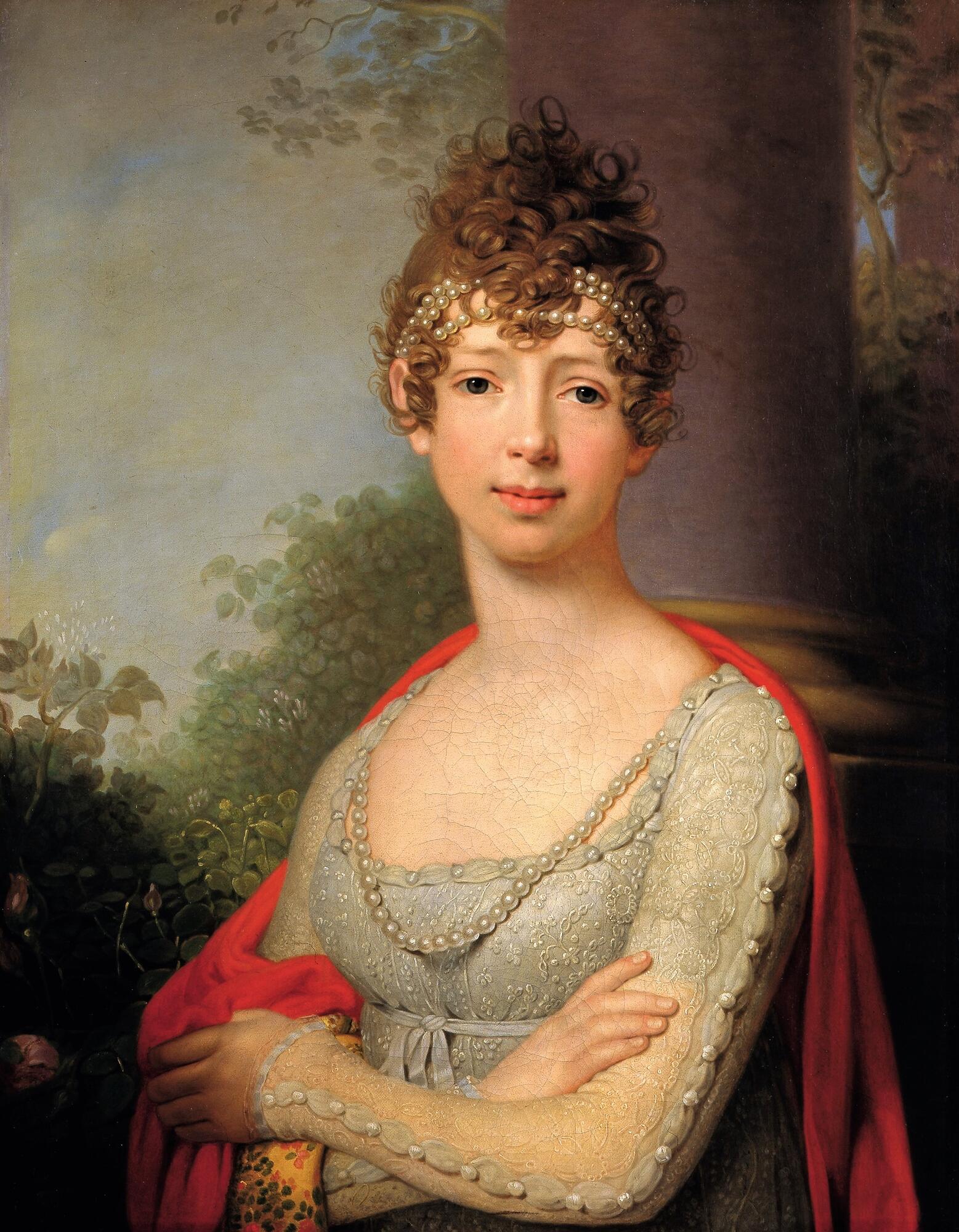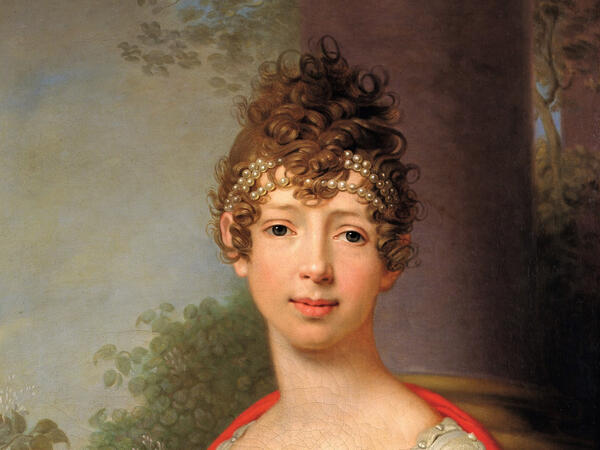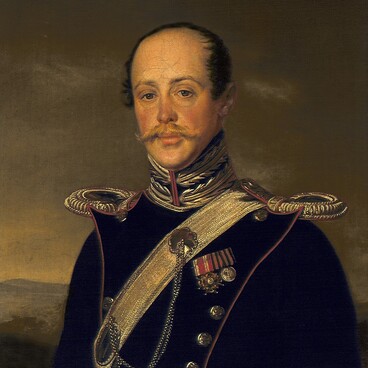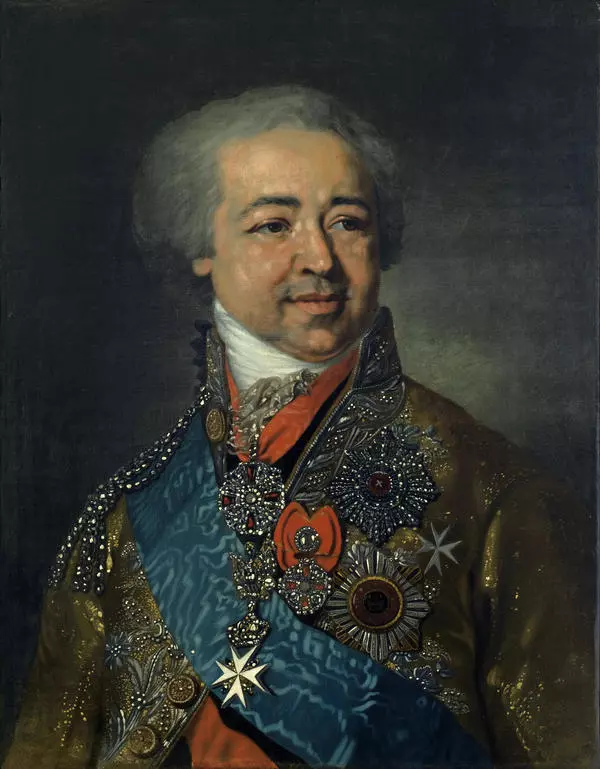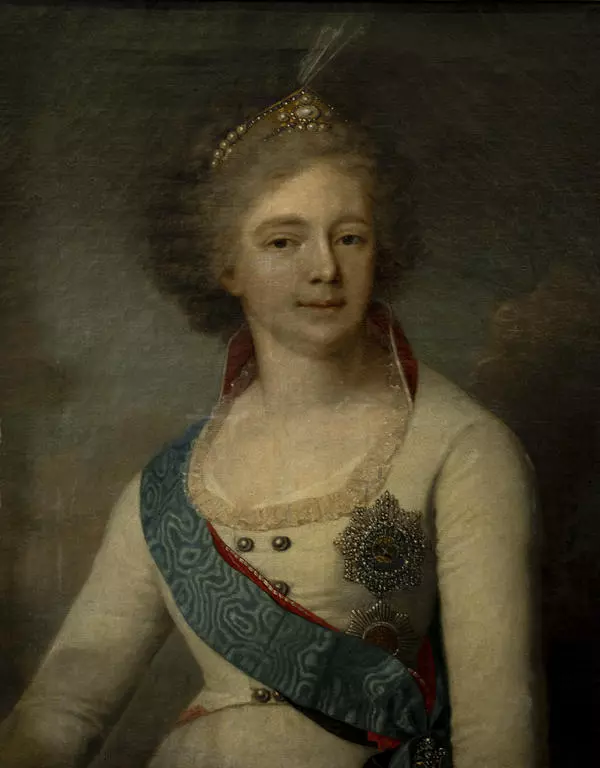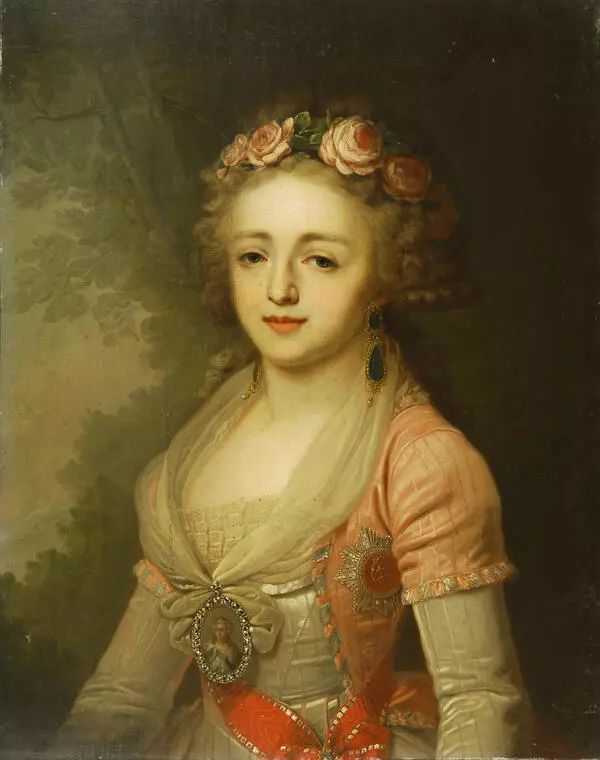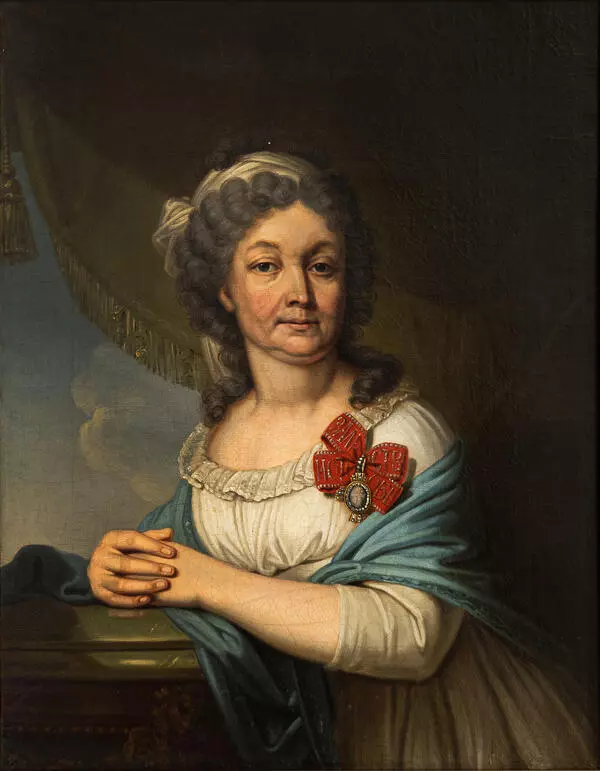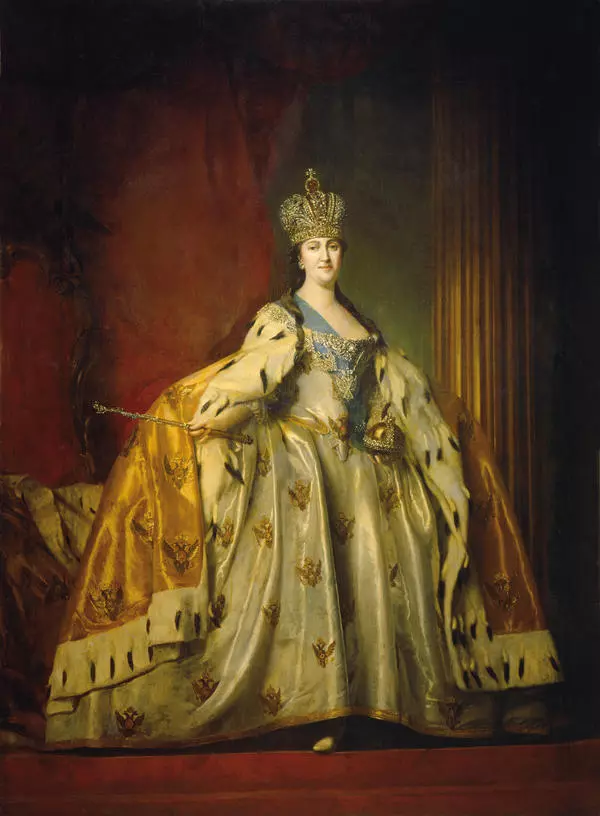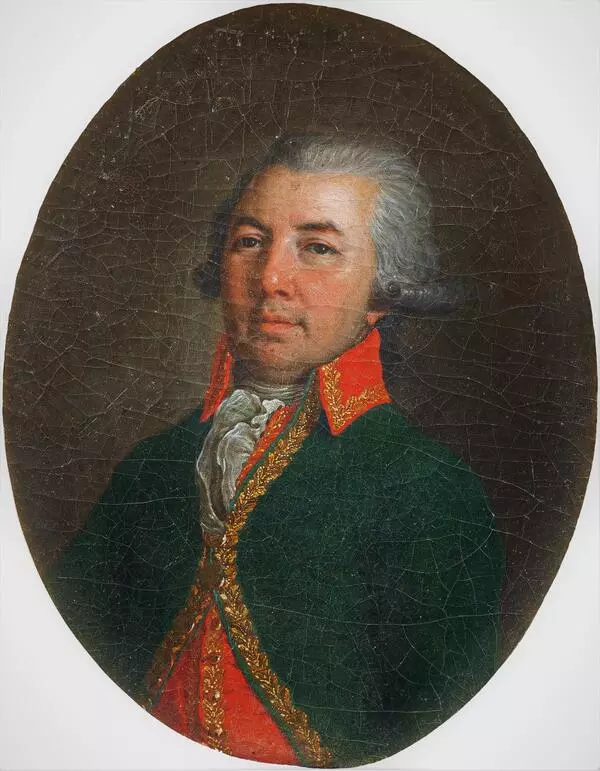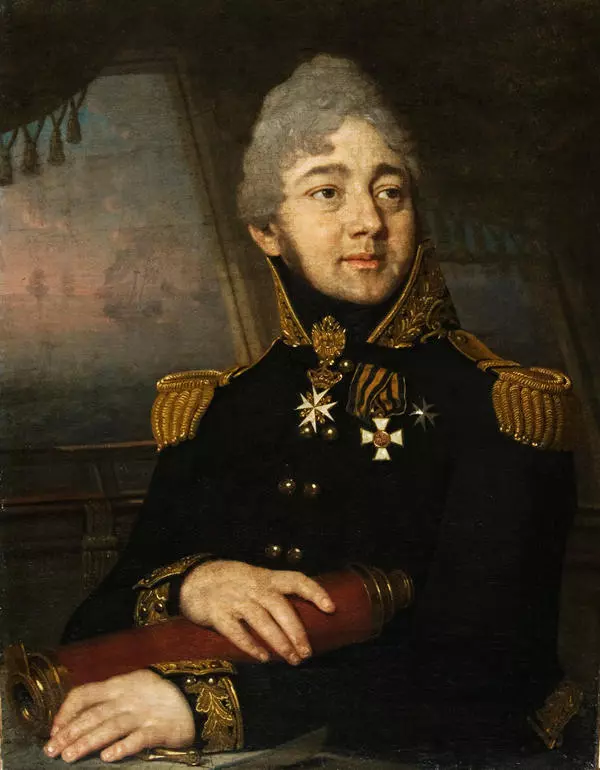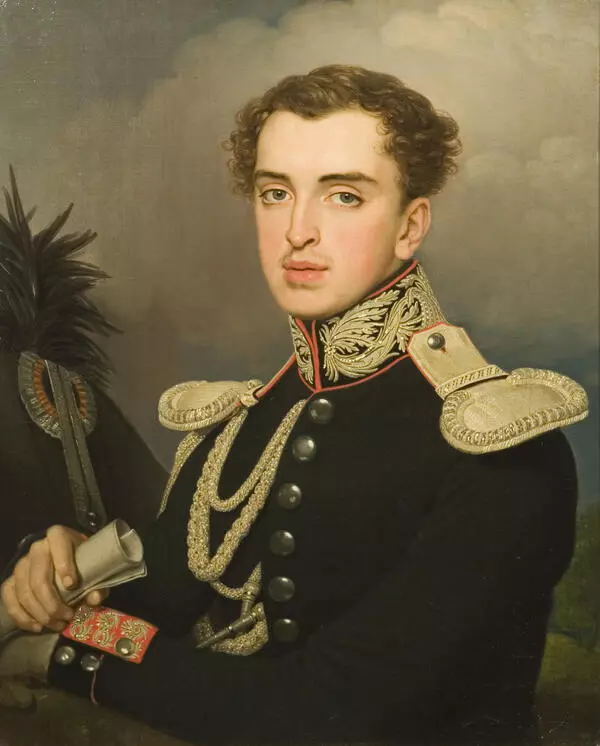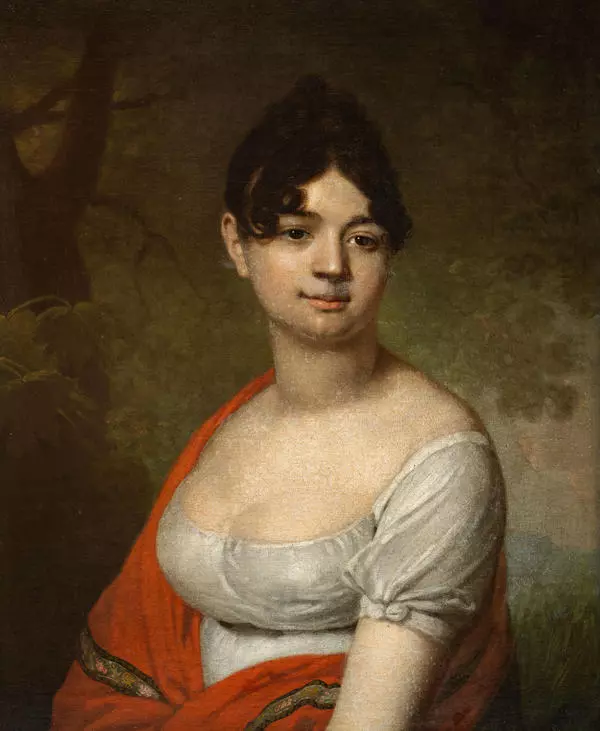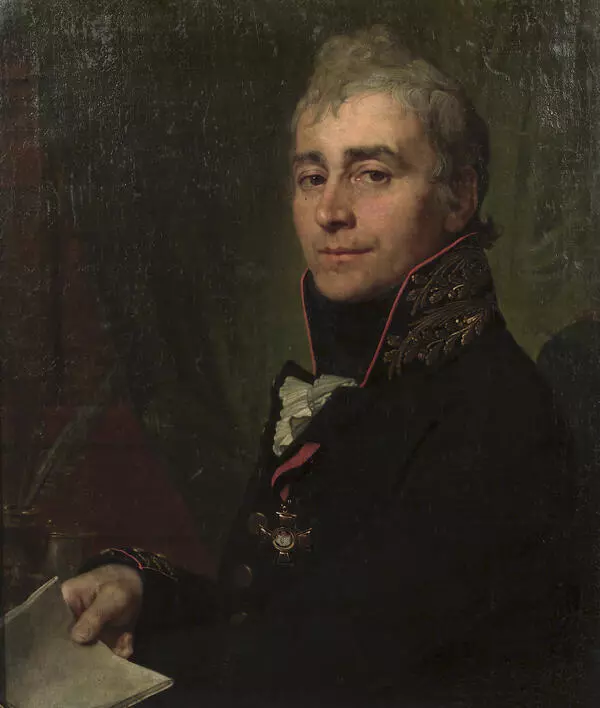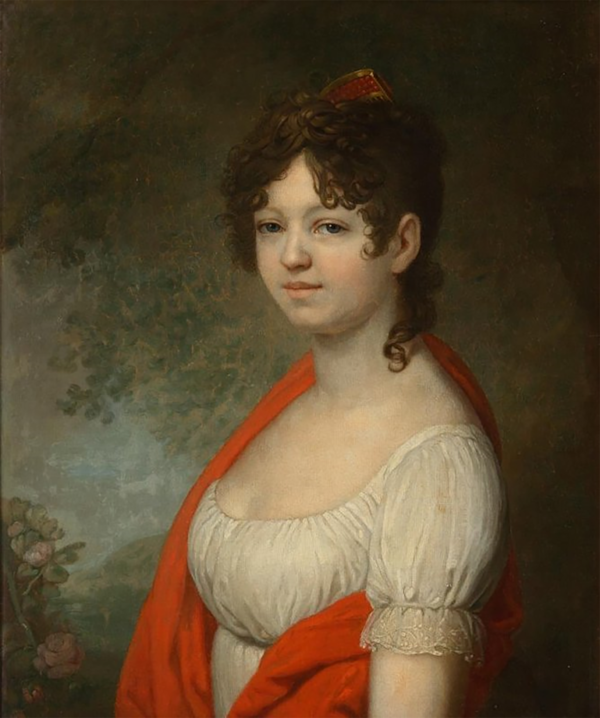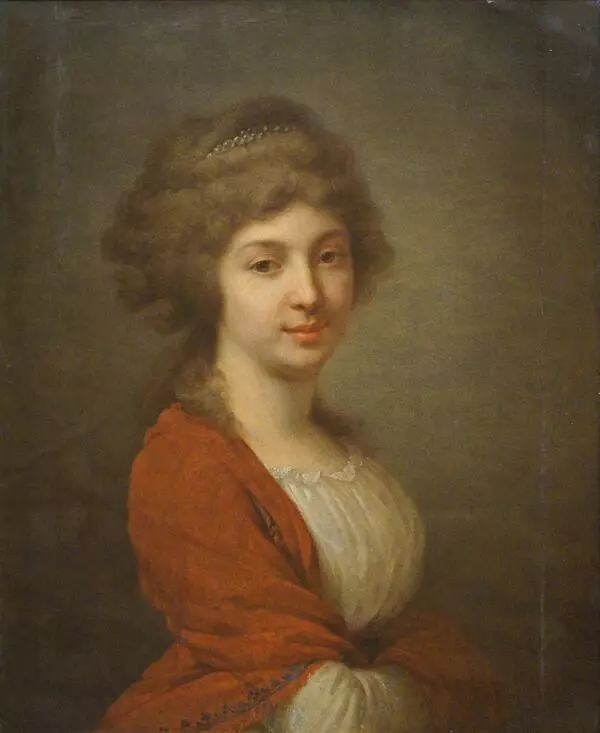The museum collection displays a portrait of Grand Duchess Maria Pavlovna, the third daughter of Emperor Paul I and Maria Feodorovna. She became the Grand Duchess of Saxe-Weimar-Eisenach by her marriage to Charles Frederick, Grand Duke of Saxe-Weimar-Eisenach. Empress Catherine II in a letter to Melchior, Baron von Grimm wrote about Maria Pavlovna:
Portrait of Grand Duchess Maria Pavlovna
Время создания
1804
Размер
71x55,5 cm
Техника
oil, canvas
Выставка
10
Открыть в приложении#1
Vladimir Borovikovsky
Portrait of Grand Duchess Maria Pavlovna
#2
#7
This one should have been born a boy. She is a real dragoon, she is not afraid of anything, all her inclinations and the games she plays are for men; I do not know what will become of her. Her favorite pose is to rest her knuckles upon her hips, and that is how she walks around.
#6
In Weimar, Maria Pavlovna was actively engaged in charity work: she established loan funds for the poor, workhouses and vocational schools. Furthermore, she opened exhibitions of new industrial products, gardening courses, and orphanages. She founded the ‘Historical Society’ and promoted the study of antiques and documents of the Weimar Region and its neighboring municipalities. In addition, the Duchess established many scholarships and awards. The famous Falk Institute, which included a shelter for street children, was founded with her own money. German writer Johann von Goethe, a friend of Maria Pavlovna, called her one of the best and most distinguished women of her time.
The portrait of the Grand Duchess displayed in the museum was painted by Vladimir Borovikovsky, one of the most famous portraitists of the 18th-19th centuries. In the mid-1790s, the artist was invited to the Pavlovsk Palace, where he created several portraits of Grand Duke Pavel Petrovich, his wife Maria Feodorovna and their children. In 1804, before the departure of Grand Duchess Maria Pavlovna from Russia to Germany, Borovikovsky painted her portrait. The main theme of the portrait, which exemplified the features of the sentimental art, was the harmonious unification of humans with nature, characteristic of this genre.
Borovikovsky developed his own compositional tradition of female portraits. He portrayed his heroines waist-up, less often — half-length. Most often, his models stood freely or leaned on a tree or a pedestal. As a rule, the heroine held a flower or a piece of fruit in her hand. The artist preferred a natural background, and depicted the figures between the light sky and dark trees. Despite the somewhat identical compositional schemes, in each artwork Borovikovsky conveyed the individual features of his heroines.
The portrait of the Grand Duchess displayed in the museum was painted by Vladimir Borovikovsky, one of the most famous portraitists of the 18th-19th centuries. In the mid-1790s, the artist was invited to the Pavlovsk Palace, where he created several portraits of Grand Duke Pavel Petrovich, his wife Maria Feodorovna and their children. In 1804, before the departure of Grand Duchess Maria Pavlovna from Russia to Germany, Borovikovsky painted her portrait. The main theme of the portrait, which exemplified the features of the sentimental art, was the harmonious unification of humans with nature, characteristic of this genre.
Borovikovsky developed his own compositional tradition of female portraits. He portrayed his heroines waist-up, less often — half-length. Most often, his models stood freely or leaned on a tree or a pedestal. As a rule, the heroine held a flower or a piece of fruit in her hand. The artist preferred a natural background, and depicted the figures between the light sky and dark trees. Despite the somewhat identical compositional schemes, in each artwork Borovikovsky conveyed the individual features of his heroines.
#5
Ministry of Culture of the Russian Federation
читать дальшескрыть
00:00
01:18
1x
Portrait of Grand Duchess Maria Pavlovna
Время создания
1804
Размер
71x55,5 cm
Техника
oil, canvas
Выставка
10
Открыть в приложении
Поделиться
